Safeguarding Livestock Against Common Maine Predators
Learn how to protect your livestock from Maine’s predators with practical strategies for fencing, deterrents, and secure enclosures.
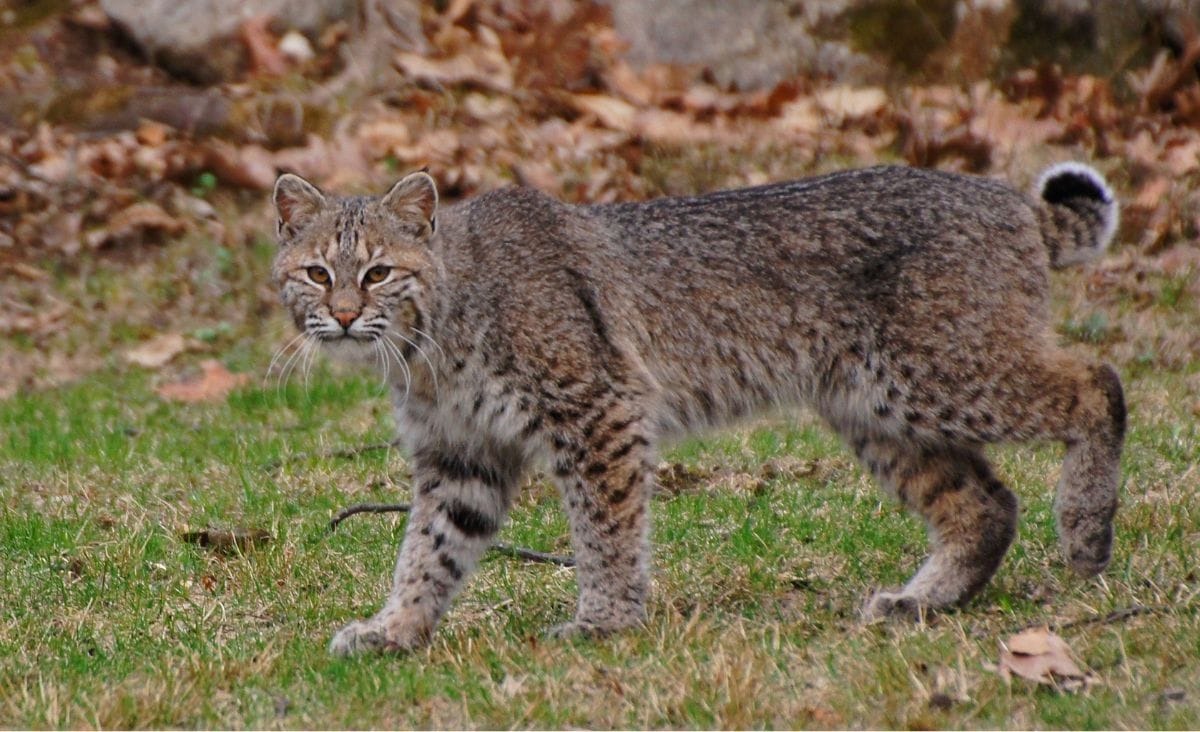
Living in Maine means embracing its natural beauty, but it also means sharing the land with predators that can threaten your livestock. Whether you raise chickens, goats, or cattle, safeguarding them from wildlife is essential for their survival and your peace of mind.
This guide will help you identify Maine’s most common predators, understand which livestock are most at risk, and learn effective strategies to protect your animals. From coyotes to fishers, we’ll discuss practical solutions like secure enclosures, predator deterrents, and best practices for livestock management.
Common Predators and Livestock at Risk
Maine’s forests and fields are home to various predators that pose risks to livestock. Identifying these animals and their hunting behaviors is the first step in safeguarding your animals.
Coyotes
Coyotes are found throughout Maine, thriving in wooded areas, open fields, and even suburban edges. Their population is widespread and growing, making them a frequent predator threat.
- Livestock at Risk: Chickens, sheep, goats, calves.
- Behavior: Coyotes are opportunistic hunters and scavengers, preying on small or vulnerable livestock. They are active mostly at dawn and dusk but may hunt at any time. Their ability to dig and jump makes poorly maintained fencing a weak deterrent.
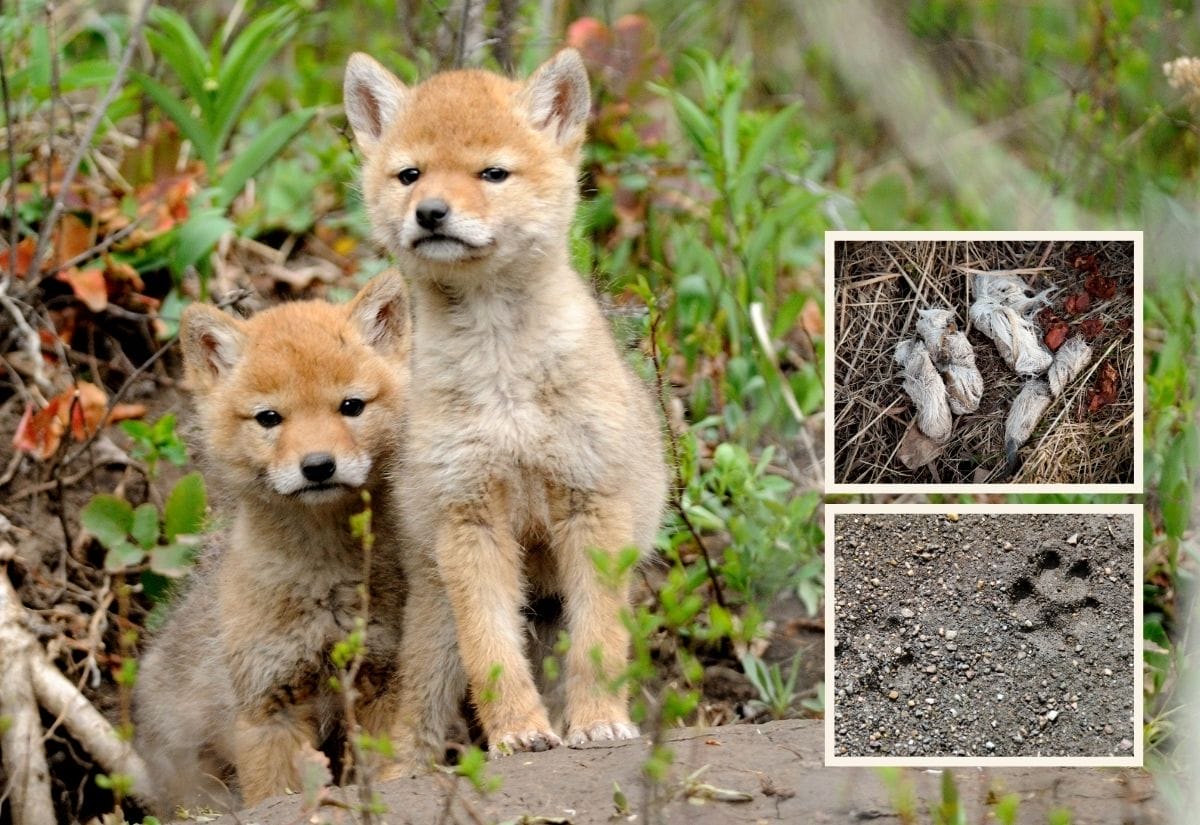
How to Protect Livestock from Coyotes
To protect livestock from coyotes, begin by installing sturdy fencing at least 6 feet tall with an additional electric wire along the top to deter jumping. Bury fencing at least 12 inches underground or use hardware cloth aprons to prevent digging underneath. Livestock guardian animals (LGAs), such as Great Pyrenees dogs or donkeys, are highly effective, as they actively patrol pastures and intimidate predators. Keep smaller or more vulnerable animals like poultry in secure coops or shelters overnight.
Remove attractants such as open trash bins, fallen fruit, or leftover feed, as these can lure coyotes closer to your property. Using motion-activated lights, sound deterrents, or alarms can create an unpredictable environment, making your property less appealing. Regularly inspect fencing and reinforce weak spots to maintain a strong barrier against intrusions.
Black Bears
Black bears are prevalent in forested regions of Maine, particularly in the northern and western parts of the state. They are typically more active during spring and summer when foraging for food.
- Livestock at Risk: Chickens, beehives, pigs, sheep.
- Behavior: Black bears are drawn to areas with easy food sources. They will raid chicken coops and beehives and occasionally target small livestock if hungry.
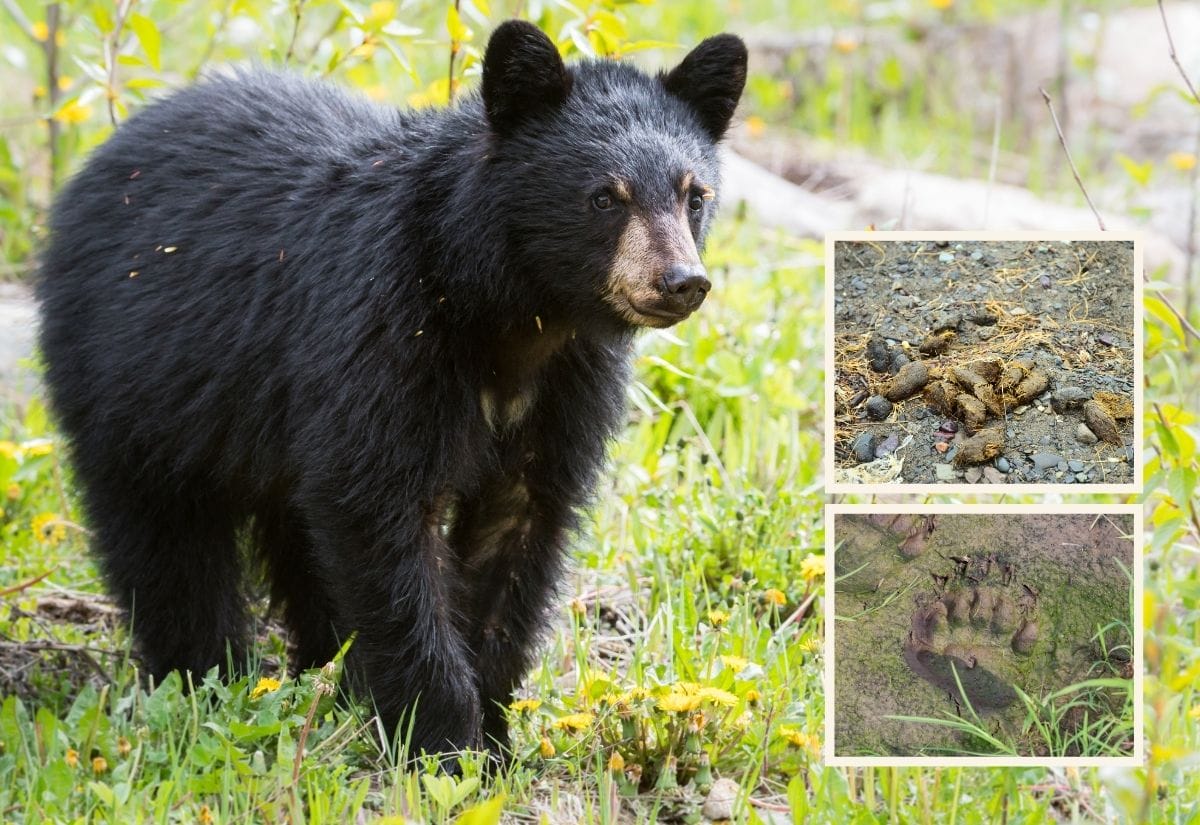
How to Protect Livestock from Black Bears
Use electric fencing around vulnerable areas like poultry coops, pig pens, and beehives, as the shock will deter bears effectively. Ensure the fence is high enough—at least 4–6 feet tall—and include multiple strands of electrified wire. Store all feed and garbage in bear-proof containers to avoid attracting them to your property. Beehives should be placed on raised platforms surrounded by electric fencing for extra protection.
Install motion-activated lights and alarms to startle bears and discourage them from approaching livestock. Keep livestock in fully enclosed shelters overnight, particularly during spring and summer when bears are most active. Additionally, clearing dense brush or tall grasses near livestock areas will reduce cover, making it less appealing for bears to linger.
Foxes
Foxes are common across Maine, especially in wooded or brushy areas near farms. Their agility and cunning make them a significant threat to poultry keepers.
- Livestock at Risk: Chickens, ducks, turkeys, young rabbits.
- Behavior: Foxes are stealthy hunters that typically strike during early mornings or late evenings. They can squeeze through small openings in enclosures or dig beneath fences.
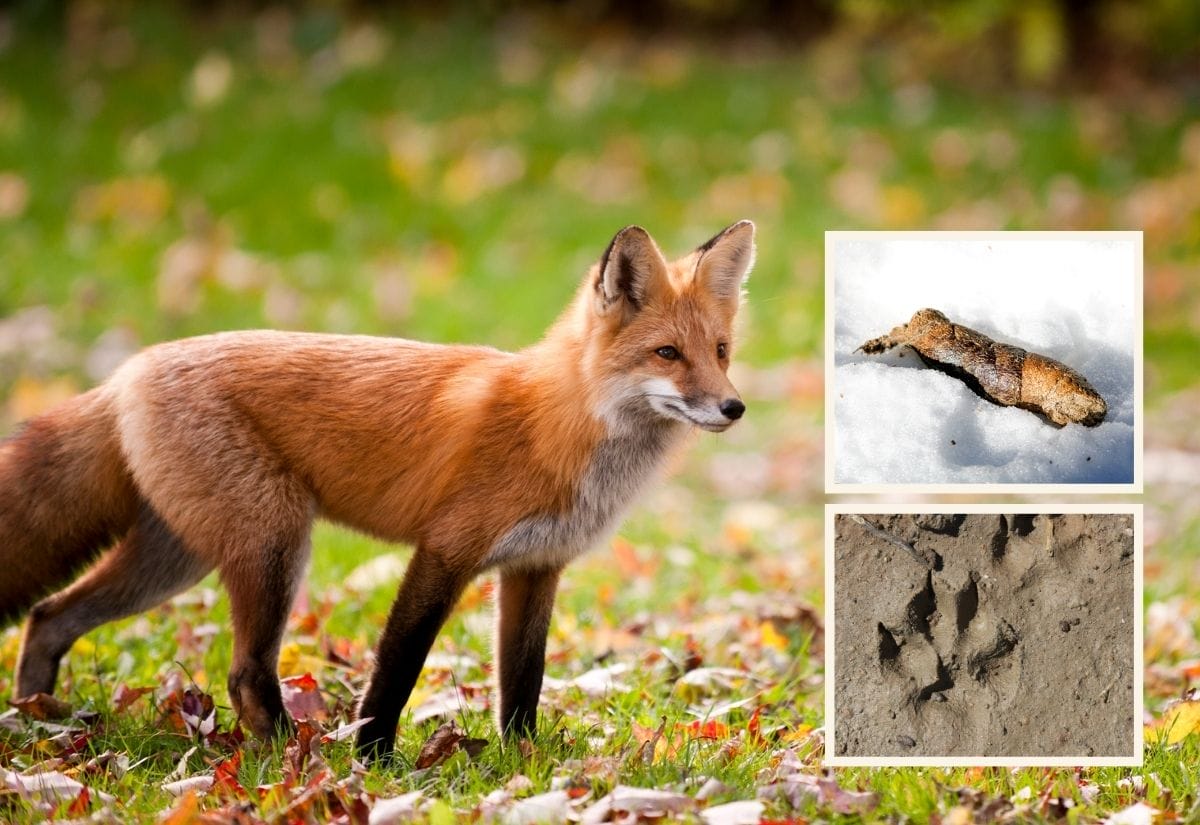
How to Protect Livestock from Foxes
To keep foxes at bay, ensure all poultry enclosures are reinforced with hardware cloth rather than chicken wire, as it is more durable and fox-proof. Use fencing that extends at least 12 inches underground or curves outward as an apron to prevent digging. Housing chickens and ducks in secure coops overnight with locking doors is essential, as foxes are highly skilled at exploiting weak points. Adding motion-activated lights or sprinklers near enclosures can act as an effective deterrent. Consider using electric fencing or portable poultry netting for free-ranging flocks during the day.
Trimming nearby bushes or overgrown grass will eliminate hiding spots, making your livestock less vulnerable. Guardian animals such as geese or trained dogs can also protect small livestock by alerting you to threats.
Bobcats
Bobcats inhabit forested areas of Maine, particularly in regions with dense underbrush. They are elusive but will approach farms if prey is abundant.
- Livestock at Risk: Chickens, ducks, geese, young goats, lambs.
- Behavior: Bobcats are solitary hunters that prefer wooded edges and rarely stray far from cover. They target smaller animals and can climb fences or trees to reach prey.
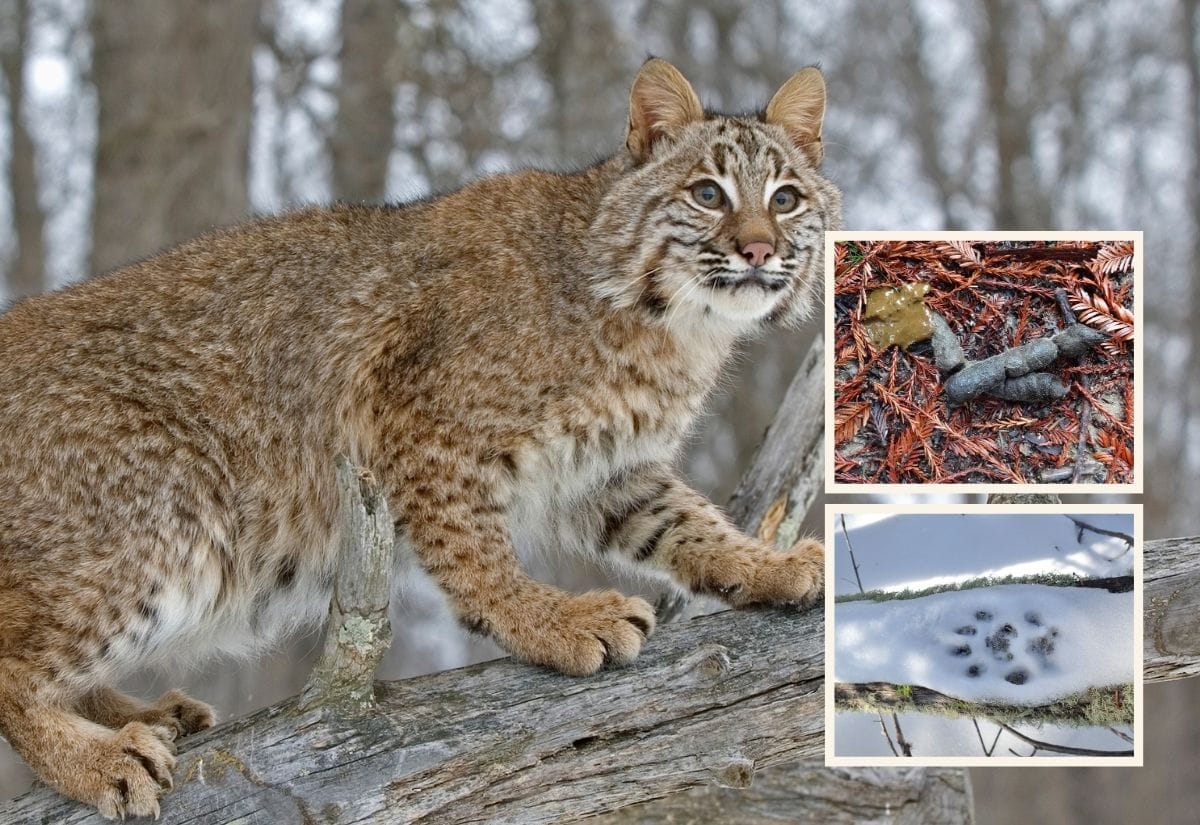
How to Protect Livestock from Bobcats
Install tall fences with angled overhangs to prevent bobcats from climbing over. Use fully enclosed coops or runs for poultry, ensuring the top is covered with hardware cloth. Adding livestock guardian animals like dogs, donkeys, or llamas to your pastures will discourage bobcats from approaching. Keep livestock areas well-lit at night with motion-activated lights to startle bobcats. Clear nearby underbrush and wooded cover where bobcats may hide, reducing their ability to stalk livestock.
If bobcats are persistent, wildlife deterrent sprays can be used around property boundaries. Additionally, rotate pasture usage to avoid creating patterns that predators may exploit.
Fisher Cats
Fisher cats are found across Maine’s forests and farmlands. Though they primarily hunt small mammals, they are a serious threat to poultry.
- Livestock at Risk: Chickens, ducks, turkeys.
- Behavior: Fisher cats are stealthy and fast, capable of squeezing through small gaps or climbing into enclosures. They often strike during the night.
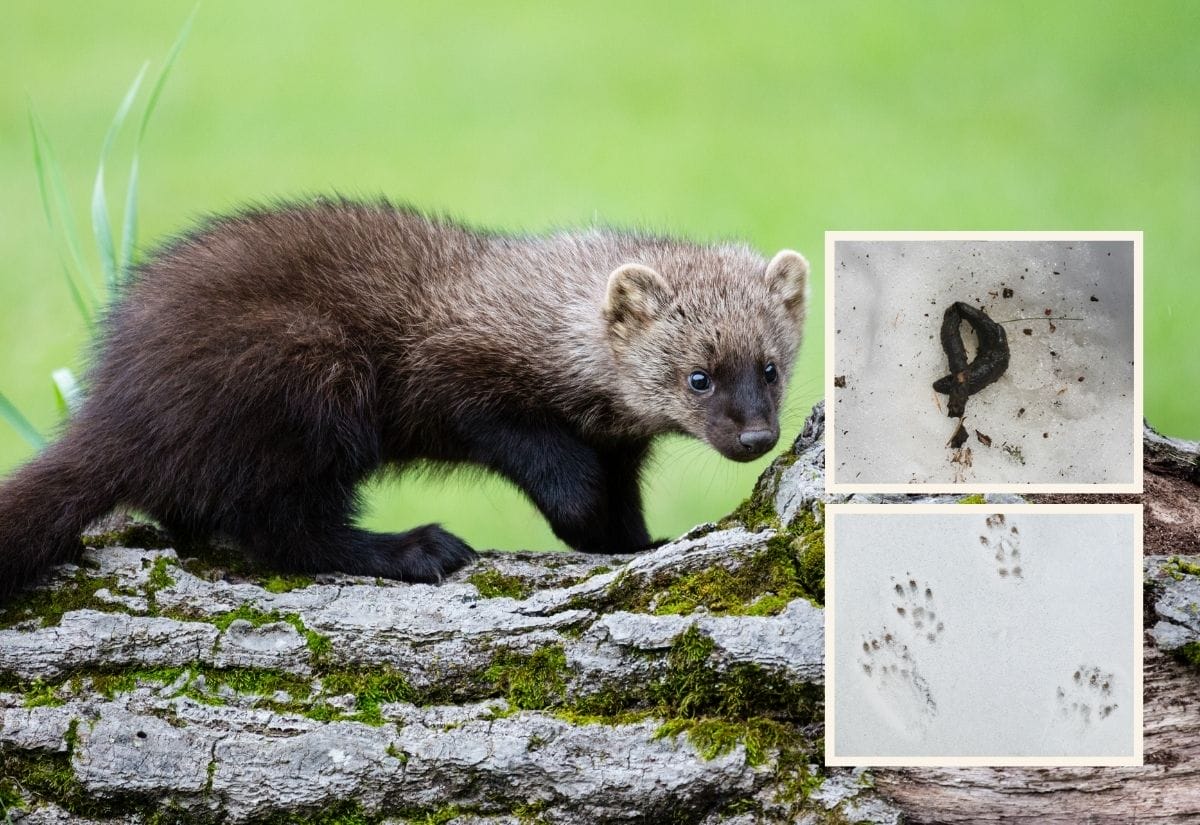
How to Protect Livestock from Fisher Cats
Secure poultry in fully enclosed coops made with hardware cloth, not chicken wire, as fisher cats can easily breach weak enclosures. Ensure the coop’s roof and floor are predator-proof, as these agile hunters can climb and dig their way in. Bury fencing or add an outward-curving apron to prevent digging underneath runs. Motion-activated lights or alarms near the coop can scare away fisher cats during their nocturnal hunting hours.
Trim back overgrown vegetation around coops to reduce hiding spots, and regularly inspect structures for gaps or weak spots. Adding
Weasels
Weasels are widespread in Maine and frequently target poultry, especially during colder months when food is scarcer.
- Livestock at Risk: Chickens, ducks, young rabbits.
- Behavior: Weasels are small but fierce predators that can fit through tiny gaps in enclosures. They often kill more than they need, leading to devastating losses.
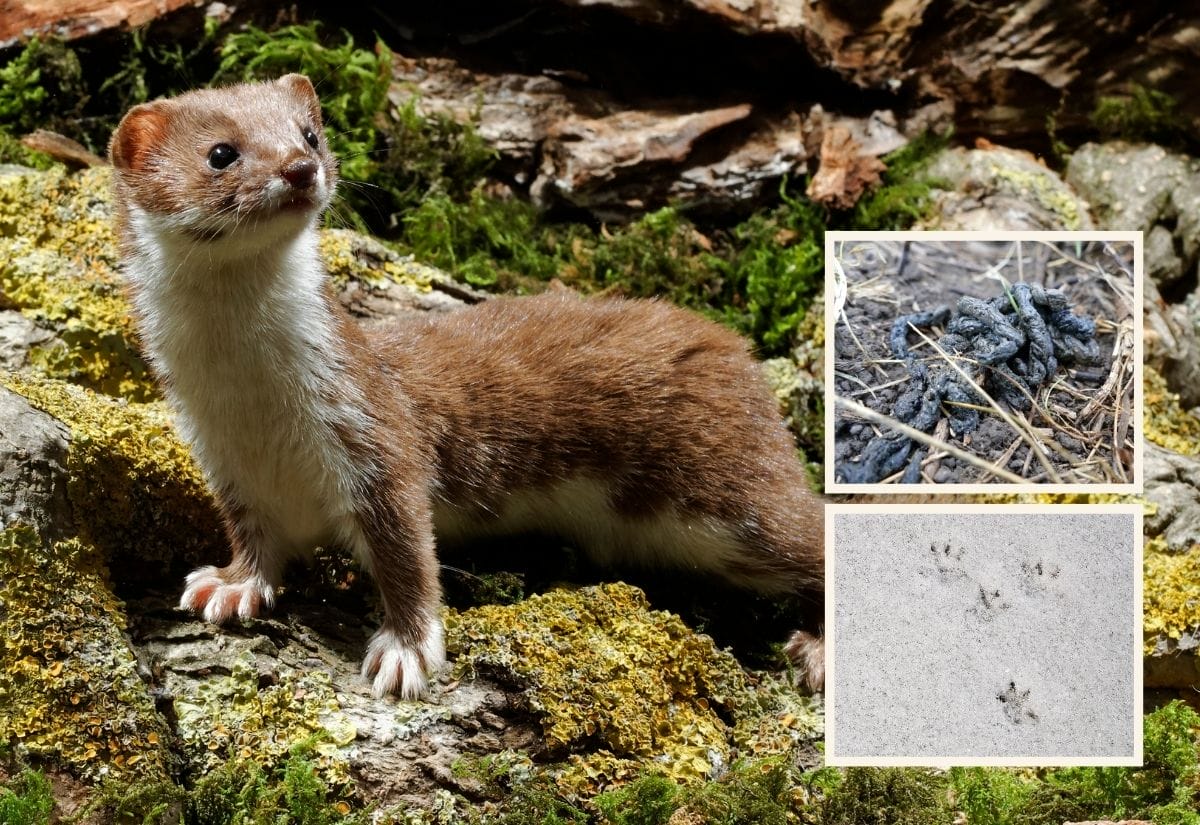
How to Protect Livestock from Weasels
Inspect every inch of your coops and pens for small gaps, holes, or weak spots, as weasels can fit through openings as small as 1 inch. Use hardware cloth with small mesh to cover any potential entry points. Elevating coops off the ground with solid floors will prevent them from burrowing in. Secure feed and eggs to avoid attracting weasels to your property. Motion-activated deterrents such as lights or ultrasonic devices may help reduce nighttime visits.
Consider setting up weasel traps near livestock areas but away from where animals could accidentally be harmed.
Hawks and Other Birds of Prey
Hawks, owls, and eagles are common across Maine and often target smaller livestock in open areas.
- Livestock at Risk: Chickens, ducks, young rabbits.
- Behavior: Birds of prey are skilled hunters that swoop down on exposed animals. They are most active during daylight, except for owls, which hunt at night.
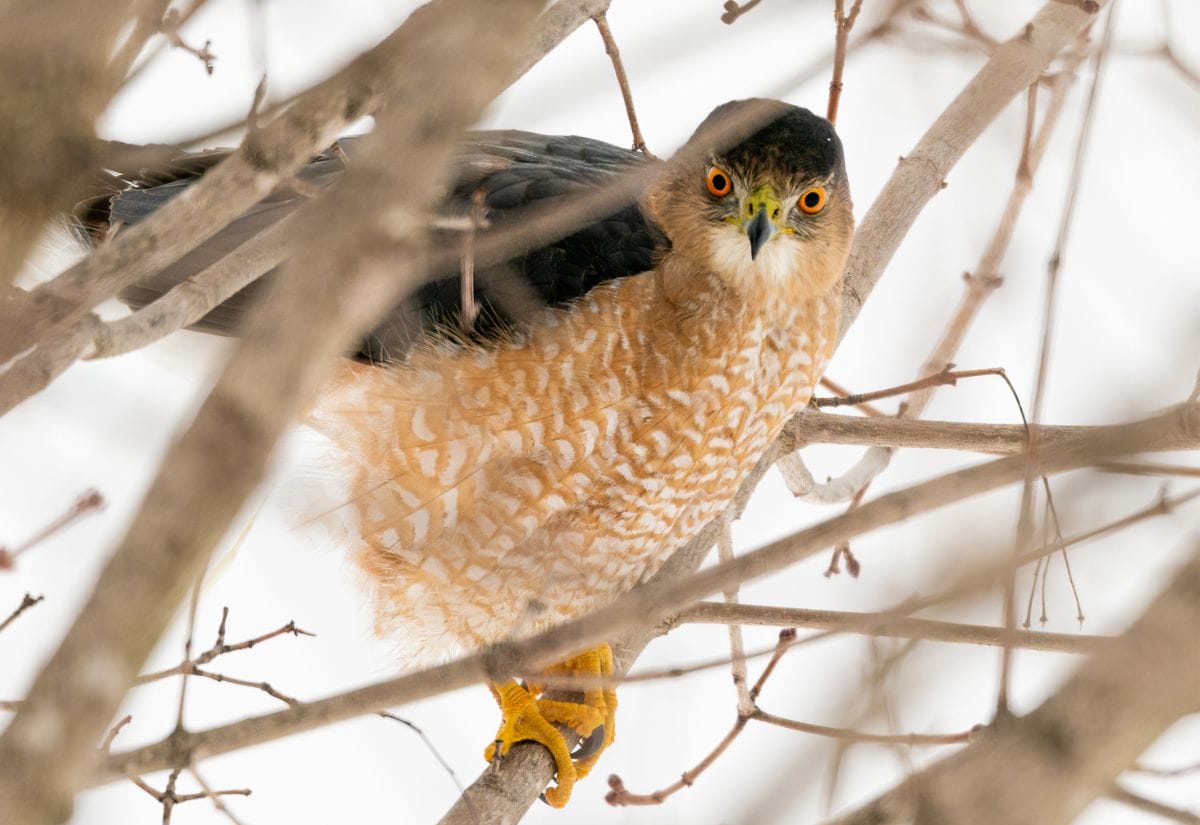
How to Protect Livestock from Birds of Prey
Protect free-ranging livestock by installing overhead netting or wire in runs and open pastures to prevent aerial attacks. Provide shelter and hiding places, such as shrubs, small sheds, or mobile shelters, to give animals protection during the day. Reflective materials like aluminum strips or old CDs can scare off hawks and owls, as they dislike flashing lights and sudden movements. Using decoys of larger birds, such as owl statues, near your livestock areas can help deter smaller predators like hawks.
For night-active owls, consider motion-activated lights to startle them when they approach. Avoid letting smaller animals free-range without supervision, especially in open spaces.
Raccoons
Raccoons are found throughout Maine, especially near farms and waterways. These nocturnal predators are clever and persistent when it comes to raiding poultry coops.
- Livestock at Risk: Chickens, ducks, turkeys.
- Behavior: Raccoons are skilled climbers and problem solvers that can open unsecured coop doors or reach through gaps in fencing.
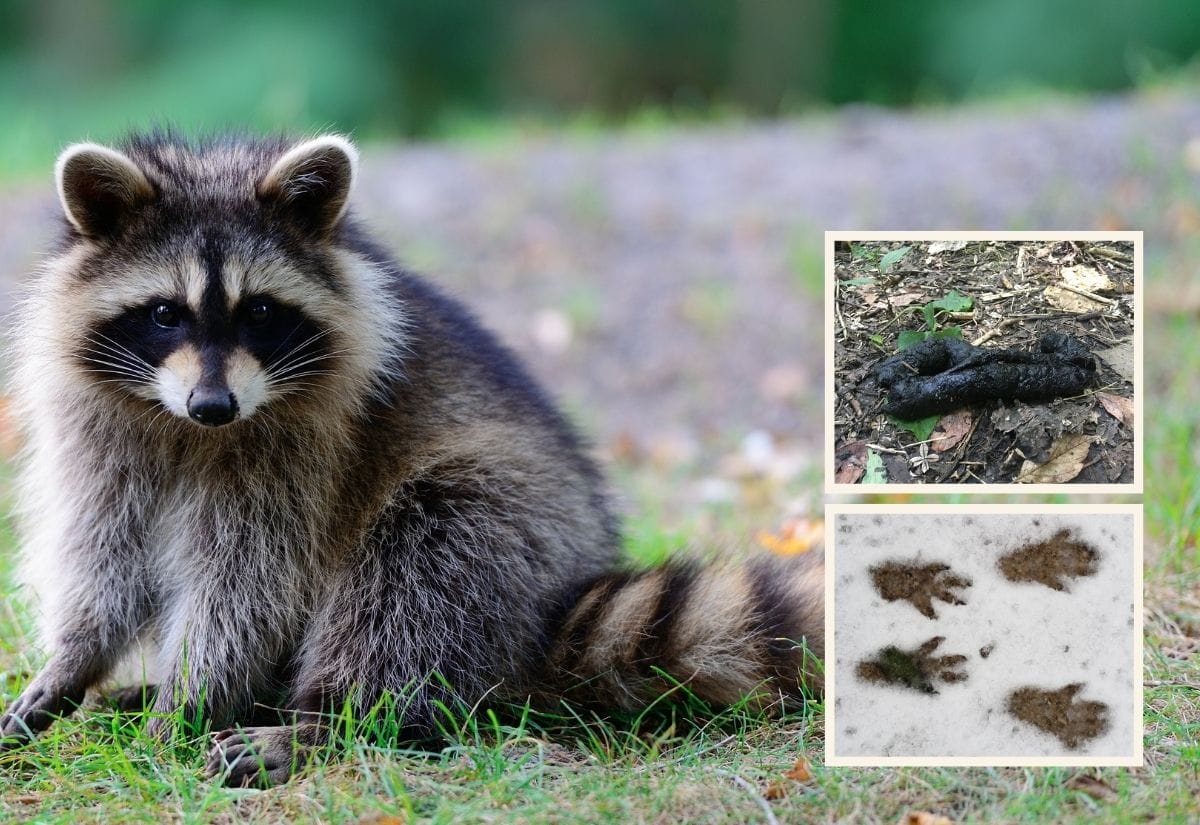
How to Protect Livestock from Raccoons
Ensure your coops and runs are fully secured with hardware cloth, which is much stronger and more effective than chicken wire. Install secure, raccoon-proof latches on all doors, as raccoons can manipulate simple latches or knobs. Cover coop floors and windows with tight-fitting mesh or panels to block access.
Store feed in sealed, raccoon-proof containers to prevent attracting them to your property. Using electric fencing around vulnerable areas can discourage raccoons from approaching. Consider installing motion-activated lights or alarms near coops to deter these nocturnal predators. Collect eggs regularly and promptly to reduce temptation.
Eagles and Crows (Egg Thieves)
Eagles and crows are prevalent throughout Maine and target not just small livestock but also eggs in coops or nests.
- Livestock at Risk: Chickens, ducks, geese (mainly eggs).
- Behavior: Crows are intelligent and opportunistic, while eagles focus on exposed or poorly protected animals. Both are persistent and may return frequently once they find an easy food source.
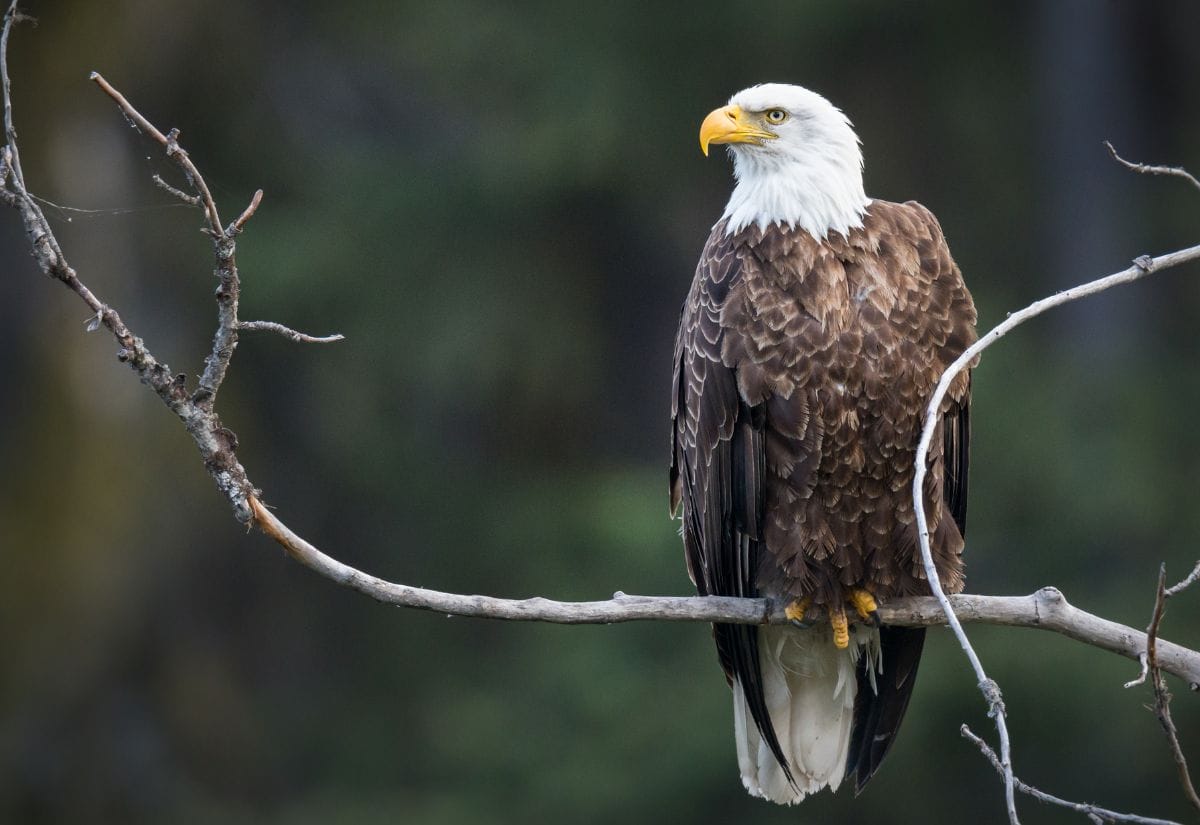
How to Protect Livestock from Eagles and Crows
Protect eggs by using secure, enclosed nesting boxes and collecting eggs frequently to prevent theft. For free-range areas, install overhead netting or wire to stop aerial predators from reaching your animals. Adding scare devices, such as reflective tape, wind chimes, or decoys like fake owls or hawks, can deter crows and eagles. Shade structures or covered runs provide a safe retreat for small animals, reducing their visibility to predators. Keep feed and waste areas clean, as these can attract crows and other scavengers.
If crows persist, consider using non-lethal deterrents like loud noises or trained herding dogs to keep them away.
Layered Strategies for Year-Round Livestock Protection
Protecting livestock is a multifaceted task that involves understanding predator behavior and implementing the right safeguards. In my own experience, combining multiple deterrents is the most effective strategy. For example, pairing a sturdy hardware cloth fence with a well-trained livestock guardian has drastically reduced predator issues on my farm. Using electric fencing as an additional barrier around pastures or coops has proven invaluable, especially against persistent predators like raccoons and coyotes.
If you’re looking for alternatives, consider investing in motion-activated devices or predator-specific deterrents, like reflective tape for birds of prey or noise makers for nocturnal animals. Also, keep in mind that predator activity may change with the seasons—adjusting your strategies accordingly will help ensure year-round protection.
Resources for Managing Predator Problems in Maine
If you’re dealing with persistent predator issues, there are several resources available to help you:
Maine Department of Inland Fisheries and Wildlife
For guidance on managing predators or reporting problem animals, contact their office at 207-287-8000 or visit their website for local resources and regulations.
Laws on Predator Control
It’s important to understand Maine’s wildlife laws. Some predators can be legally removed using lethal force to protect livestock, while others, like birds of prey, are federally protected. Check Maine’s wildlife statutes.
Wildlife Identification Guides
Books like Scats and Tracks of the Northeast by James C. Halfpenny can help you identify predator activity on your property. Look for regional guides that focus on Maine’s specific wildlife.
Local Extension Offices
University of Maine Cooperative Extension offers advice and workshops on managing wildlife and safeguarding livestock. Visit their website or contact your local office for more information.
Your Questions About Predator Protection Answered
Keep your farm safe—save this pin for predator solutions!
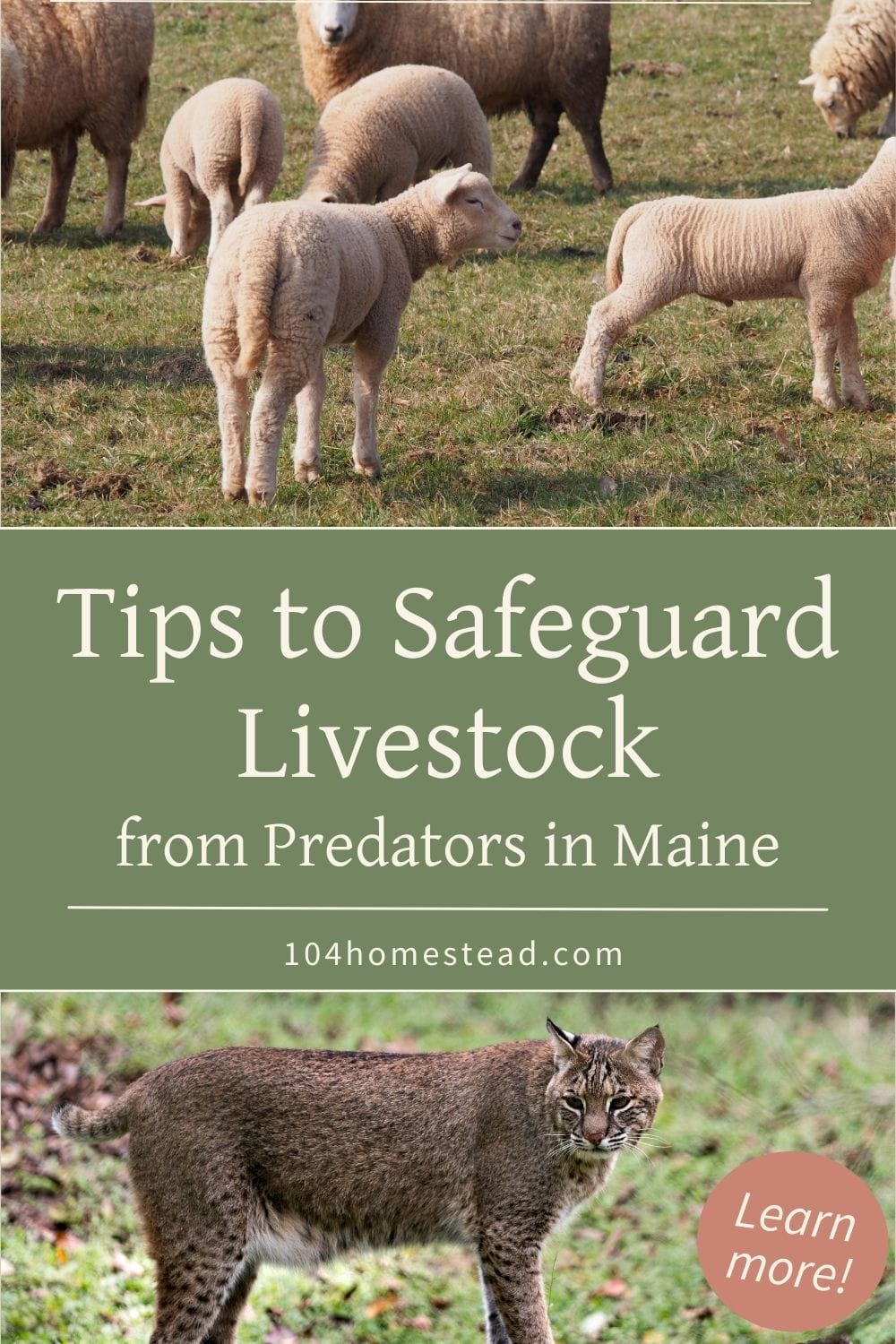
Living in Maine offers unique challenges for livestock owners, but with the right strategies, you can keep your animals safe. From sturdy fencing to guardian animals and motion-activated deterrents, there are plenty of ways to protect your farm from Maine’s common predators. Understanding predator behavior and being proactive about safeguarding your property will save you stress—and likely your livestock—in the long run.
Keeping your livestock safe from predators is just one part of effective farm management. As winter approaches, it’s important to also focus on keeping your animals warm and their water from freezing. Proper coop design plays a huge role in protecting chickens from the cold while ensuring they’re comfortable year-round. And for an extra layer of protection on your homestead, consider the benefits of adding a barn cat to help manage pests and deter smaller predators.
Have you dealt with predator challenges on your farm or homestead? Share your tips or ask questions in the comments below—I’d love to hear your experiences!




